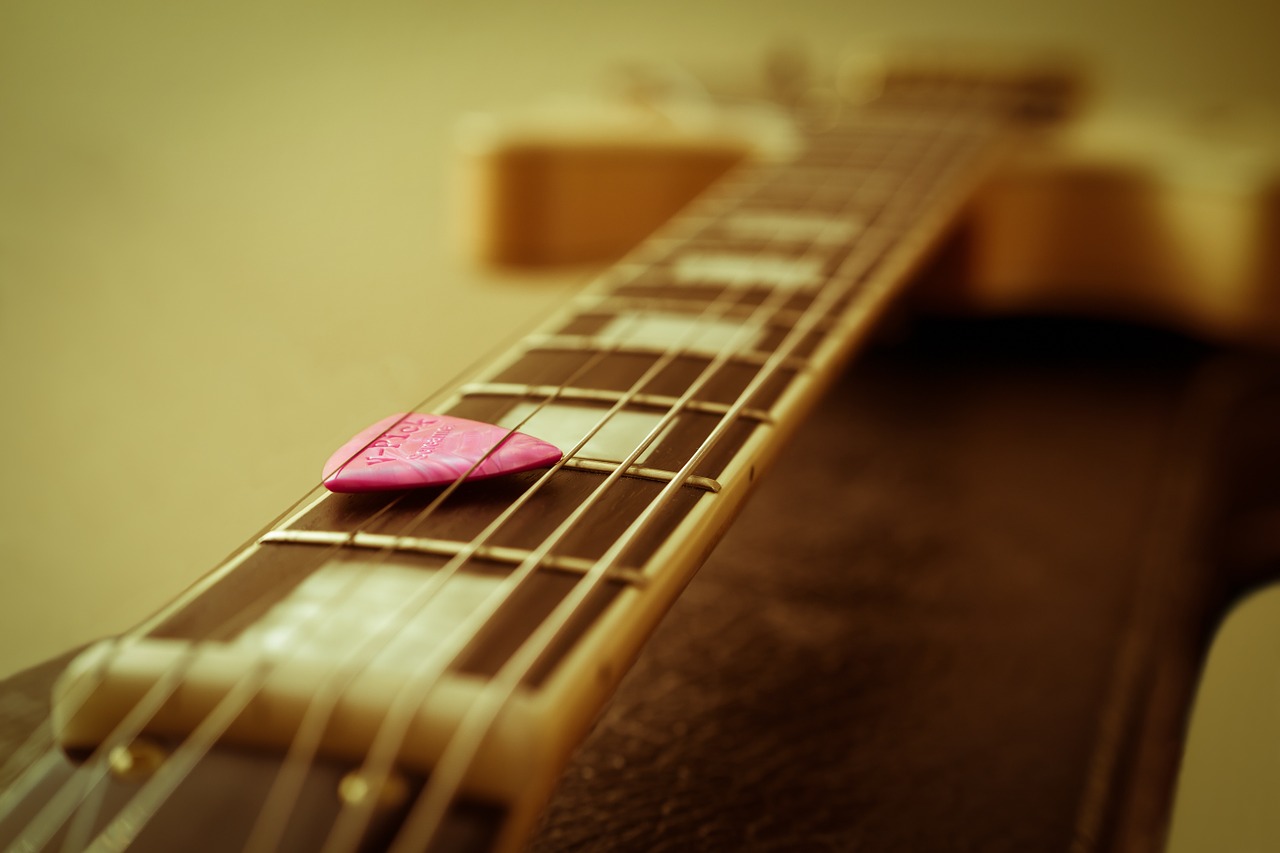
At a glance...
1. Flatpicking vs fingerstyle
2. Technique
3. Tone
4. Using both styles
A really common question that I get from beginners is, “Should I learn to play with a pick or my fingers?” Like many things in music, this is a matter of personal preference. One is not more difficult than the other; they’re just different styles of playing. In this article, I will explain the differences to help you make an informed decision.
What is flatpicking and fingerstyle?
Flatpicking requires the use of a plectrum, or more commonly known as a pick, which is a small flat tool made of plastic, nylon, wood, or any other flexible material. This tool, which is pinched between the index finger and thumb, is used to strike the strings of a hand-held stringed instrument. It’s most commonly used on guitars, banjos, and mandolins. The material, size, shape, and thickness of picks vary widely.
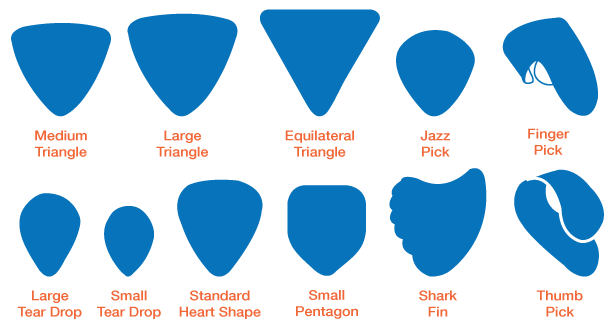
Fingerstyle uses the fingers on your right hand to pluck the strings of your instrument. The point of contact on your fingers can either be your fingertips or fingernails. On the guitar, the thumb is usually assigned to the fourth, fifth, and sixth strings, while your index, middle, and ring fingers are assigned to either the fourth, third, and second strings or the third, second, and first strings.
Technique
As you might have already noticed, the main difference between flatpicking and fingerstyle lies in the technique. Flatpicking requires you to use your fingers to hold a pick, while fingerstyle requires the use of your fingers as individual picks. It’s helpful to think of fingerstyle as if you have four picks instead of one.
Since fingerstyle gives you the ability to have four picks, some techniques that can be done with fingerstyle are impossible or very difficult to do with flatpicking. For example, chord-melody (combining the chords and a melody on the guitar) arrangements of songs can be easily accomplished with fingerstyle but very difficult to do with flatpicking. Some chord-melody arrangements require you to play a walking-bass line on the sixth and fifth strings while playing the melody note on the third, second, and first strings. If you only use flatpicking, it is impossible to play a bass line that has a different rhythm from the melody line.
Similarly, many folk songs can only be played using fingerstyle, as they often require two different notes (on non-adjacent strings) to be played at the same time. Adding percussive elements such as slaps and slap-strums—commonly used by artists like Sungha Jung, Tommy Emmanuel, and Andy Mckee—is also a lot easier using fingerstyle.
On the other hand, flatpicking allows you to pull off sweep picking techniques more easily. Generally, it’s easier to play faster with a pick than with fingerstyle. However, many guitarists can play extremely fast with their fingers, so it may be a matter of putting in more practice to build up your speed.
Tone
The other major difference in the two styles of playing lies in the tone produced. Using a pick gives you a brighter and more consistent tone than using your fingers, because the pick is made of the same material throughout, while plucking strings with different parts of your fingers produces different sounds. This difference in consistency in tone greatly affects the sound of rhythm guitar parts, especially if you’re playing something that has to be consistently aggressive sounding. For example, if you’re playing a rhythm guitar part for a funk tune, using a pick will give you a consistent sound regardless of whether you’re doing an up or down strum. However, if you use your fingers, your down strums will sound different from your up strums, because your down strums strikes your fingernails, while up strums gets the flesh of your fingertips.
Although plucking the strings with different parts of your fingers produces different sounds, that’s not to say this is a flaw in fingerstyle. In fact, having different sounds allows for a much wider range of dynamic expression. Sure, it’s possible to play very quietly with a pick, but with your fingers, you can choose to play quietly and make the sound a lot mellower by using the flesh of your fingers to pluck the strings. Alternatively, you can pull the strings back and snap them against the fretboard for maximum volume and punch.
In short, flatpicking generally has a more consistent tone, but if you spend enough time mastering the different possible sounds of fingerstyle, fingerstyle can open up a wider range of dynamic expression.
Best of both worlds
There are ways to combine both styles of playing for maximum speed, consistency, dynamics, and complexity. The first method requires you to learn how to manipulate the pick in your hands. In order to switch between using flatpicking and fingerstyle, you move your pick to a position where you’re still in control of it, but your ability to use fingerstyle techniques is not impeded. I personally like to keep my pick in between the first and last joints of my middle finger.
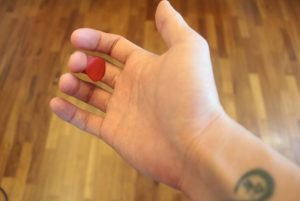
Alternatively, you can place your pick between your fingers.
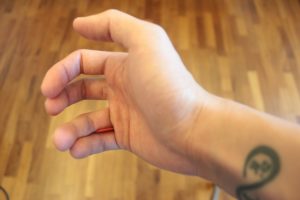
It may seem difficult to move your pick from the playing position to the holding position initially, but with time, this will become second nature.
The other method is known as hybrid picking. While holding your pick, you still have your middle, ring, and pinky fingers free. These fingers can pluck strings. However, this technique has its limitations as you won’t have your thumb free, which is an essential finger in fingerstyle. If you have a section of a song in which you need to have your thumb free, switch to the first method of moving the pick between your fingers to free up your thumb.
Why not both?
Personally, I recommend learning how to play with both styles. There are things that you can accomplish with fingerstyle but not with flatpicking, and vice versa. By learning both methods, you’ll be getting the best of both worlds. Learning both styles will also improve your hybrid picking techniques.
However, learning how to do both does require quite a bit of time and practice, so if you have a limited amount of time you can commit to playing guitar, pick the style that will help you play the music you want to play.
For a large library of in-depth and structured video lessons on the techniques discussed in this article, check out Liberty Park Music!
Ready to learn the guitar?
Start learning with our 30-day free trial! Try our guitar courses!
About Liberty Park Music
LPM is an online music school. We teach a variety of instruments and styles, including classical and jazz guitar, piano, drums, and music theory. We offer high-quality music lessons designed by accredited teachers from around the world. Our growing database of over 350 lessons come with many features—self-assessments, live chats, quizzes etc. Learn music with LPM, anytime, anywhere!


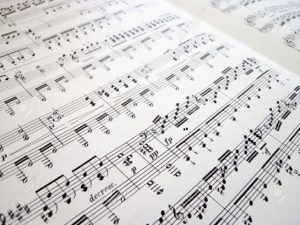


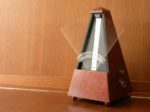
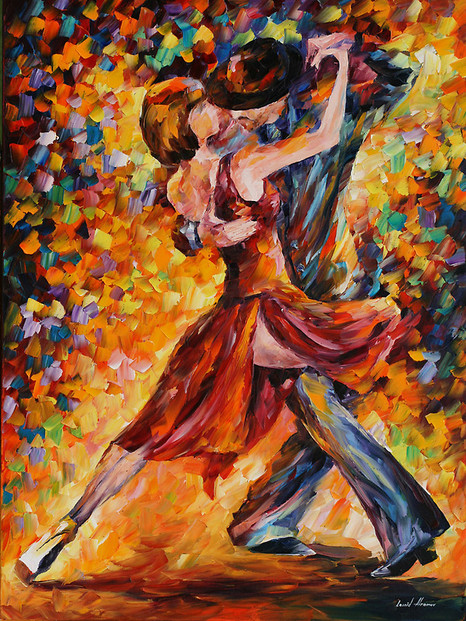
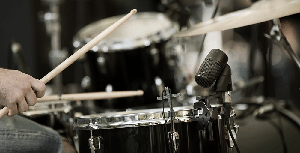

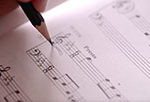

i am having a trouble in picking the string using my finger.the sound did not out clearly since i ‘m always touch other string also.it is hard to change the chord also and it really hurt my finger.i already have a guitar about 3 years ago and still not know how to play it.=(
[Response from Ze] One of the main causes of painful and sore fingers is a guitar that is too difficult to play due to a bad setup. How high is your string action (distance of strings from fretboard)? A very high string action can make it very tiring and painful to play your guitar, which in turn can cause demotivation. In general, playing guitar should be pretty effortless. I’d suggest bringing your guitar to a store to get a professional guitar set up. A setup will ensure your guitar is as playable as it can be.
As for your issue of accidentally touching other strings, often times your technique will improve with a better guitar setup. Try getting a setup first and see how that goes!